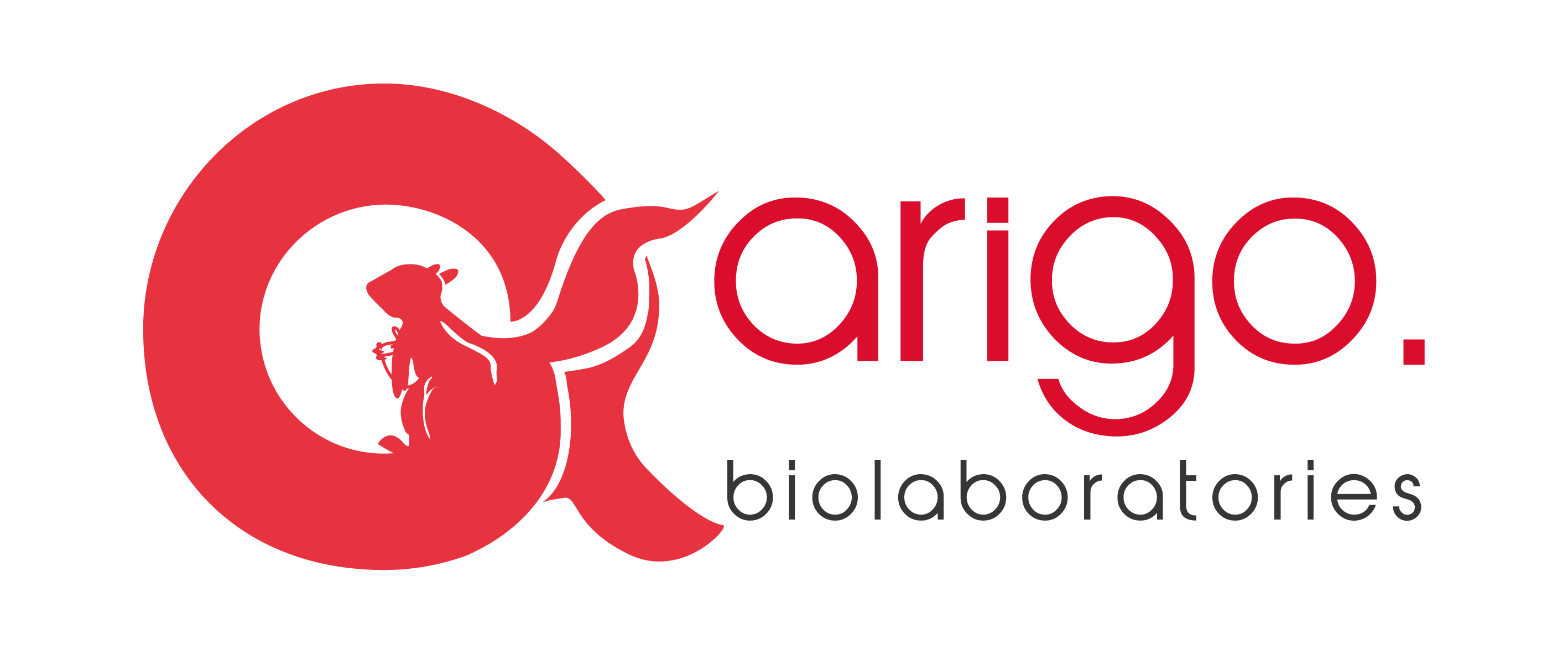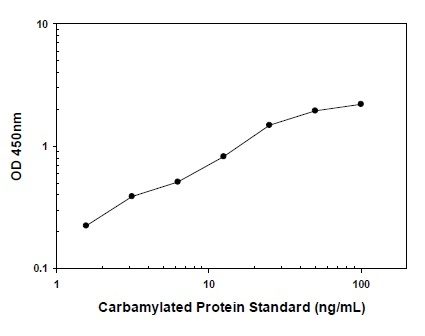anti-p21 antibody [B459]
CAT.NO. : ARG62521
US$ Please choose
US$ Please choose
Size:
Trail, Bulk size or Custom requests Please contact us
*产品价格可能会有所调整,请以品牌方官网实时更新的价格为准,以确保准确性。
概述
| 产品描述 | Mouse Monoclonal antibody [B459] recognizes p21 |
|---|---|
| 反应物种 | Hu |
| 应用 | IHC-Fr, IHC-P |
| 宿主 | Mouse |
| 克隆 | Monoclonal |
| 克隆号 | B459 |
| 同位型 | IgG1 |
| 靶点名称 | p21 |
| 抗原物种 | Human |
| 抗原 | Human p21 protein |
| 偶联标记 | Un-conjugated |
| 別名 | Melanoma differentiation-associated protein 6; WAF1; CIP1; CDKN1; CAP20; MDA-6; SDI1; CDK-interacting protein 1; P21; p21CIP1; p21; Cyclin-dependent kinase inhibitor 1 |
应用说明
| 应用说明 | * The dilutions indicate recommended starting dilutions and the optimal dilutions or concentrations should be determined by the scientist. |
|---|
属性
| 形式 | Liquid |
|---|---|
| 缓冲液 | PBS and 0.1% Sodium azide |
| 抗菌剂 | 0.1% Sodium azide |
| 浓度 | 0.2 mg/ml |
| 存放说明 | For continuous use, store undiluted antibody at 2-8°C for up to a week. For long-term storage, aliquot and store at -20°C or below. Storage in frost free freezers is not recommended. Avoid repeated freeze/thaw cycles. Suggest spin the vial prior to opening. The antibody solution should be gently mixed before use. |
| 注意事项 | For laboratory research only, not for drug, diagnostic or other use. |
生物信息
| 数据库连接 | Swiss-port # P38936 Human Cyclin-dependent kinase inhibitor 1 |
|---|---|
| 基因名称 | CDKN1A |
| 全名 | cyclin-dependent kinase inhibitor 1A (p21, Cip1) |
| 背景介绍 | This gene encodes a potent cyclin-dependent kinase inhibitor. The encoded protein binds to and inhibits the activity of cyclin-CDK2 or -CDK4 complexes, and thus functions as a regulator of cell cycle progression at G1. The expression of this gene is tightly controlled by the tumor suppressor protein p53, through which this protein mediates the p53-dependent cell cycle G1 phase arrest in response to a variety of stress stimuli. This protein can interact with proliferating cell nuclear antigen (PCNA), a DNA polymerase accessory factor, and plays a regulatory role in S phase DNA replication and DNA damage repair. This protein was reported to be specifically cleaved by CASP3-like caspases, which thus leads to a dramatic activation of CDK2, and may be instrumental in the execution of apoptosis following caspase activation. Multiple alternatively spliced variants have been found for this gene. [provided by RefSeq, Nov 2010] |
| 生物功能 | May be the important intermediate by which p53/TP53 mediates its role as an inhibitor of cellular proliferation in response to DNA damage. Binds to and inhibits cyclin-dependent kinase activity, preventing phosphorylation of critical cyclin-dependent kinase substrates and blocking cell cycle progression. Functions in the nuclear localization and assembly of cyclin D-CDK4 complex and promotes its kinase activity towards RB1. At higher stoichiometric ratios, inhibits the kinase activity of the cyclin D-CDK4 complex. [UniProt] |
| 产品亮点 | Related products: p21 antibodies; p21 Duos / Panels; Anti-Mouse IgG secondary antibodies; Related news: Senescence Marker Antibody Panel is launched |
| 研究领域 | Cancer antibody; Cell Biology and Cellular Response antibody; Gene Regulation antibody |
| 预测分子量 | 18 kDa |
| 翻译后修饰 | Phosphorylation of Thr-145 by Akt or of Ser-146 by PKC impairs binding to PCNA. Phosphorylation at Ser-114 by GSK3-beta enhances ubiquitination by the DCX(DTL) complex. Phosphorylation of Thr-145 by PIM2 enhances CDKN1A stability and inhibits cell proliferation. Phosphorylation of Thr-145 by PIM1 results in the relocation of CDKN1A to the cytoplasm and enhanced CDKN1A protein stability. UV radiation-induced phosphorylation at Thr-80 by LKB1 and at Ser-146 by NUAK1 leads to its degradation. Ubiquitinated by MKRN1; leading to polyubiquitination and 26S proteasome-dependent degradation. Ubiquitinated by the DCX(DTL) complex, also named CRL4(CDT2) complex, leading to its degradation during S phase or following UV irradiation. Ubiquitination by the DCX(DTL) complex is essential to control replication licensing and is PCNA-dependent: interacts with PCNA via its PIP-box, while the presence of the containing the 'K+4' motif in the PIP box, recruit the DCX(DTL) complex, leading to its degradation. Ubiquitination at Ser-2 leads to degradation by the proteasome pathway. Ubiquitinated by RNF114; leading to proteasomal degradation. Acetylation leads to protein stability. Acetylated in vitro on Lys-141, Lys-154, Lys-161 and Lys-163. Deacetylation by HDAC1 is prevented by competitive binding of C10orf90/FATS to HDAC1 (By similarity). |
 New Products
New Products




![anti-p21 antibody [B459]](/upload/image/20241105/8415bc38bc270b898ee2a90369a6c7fb.jpg)












